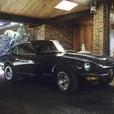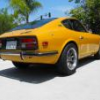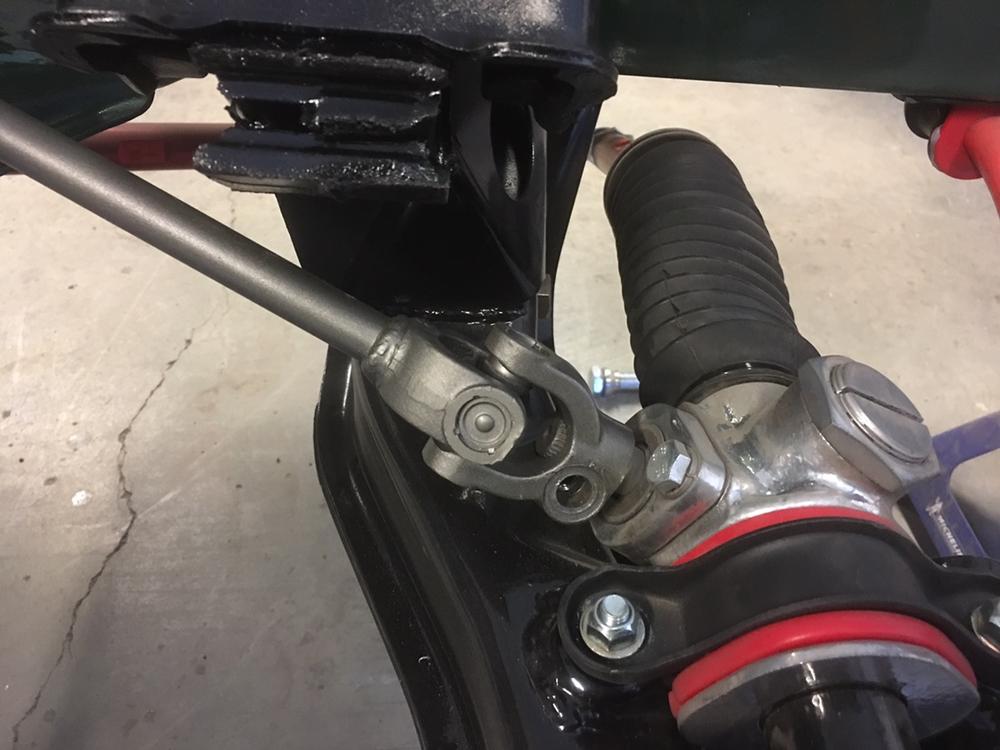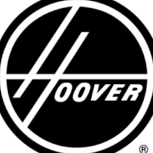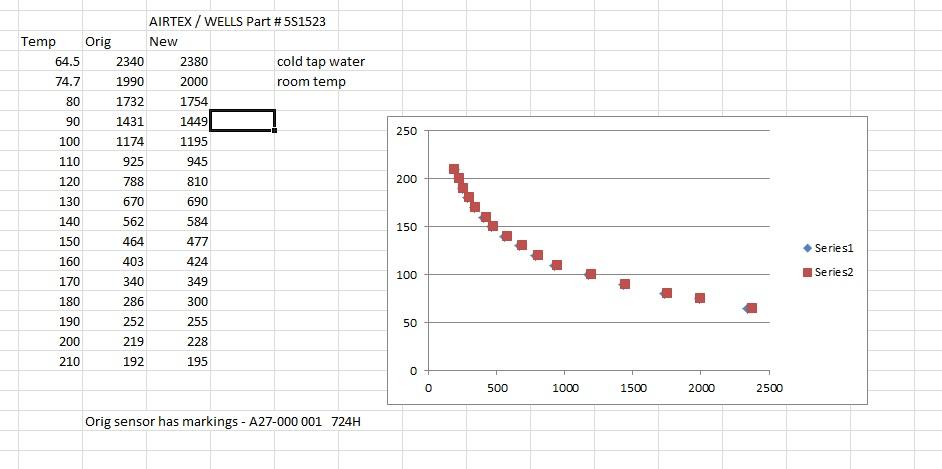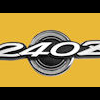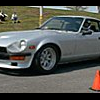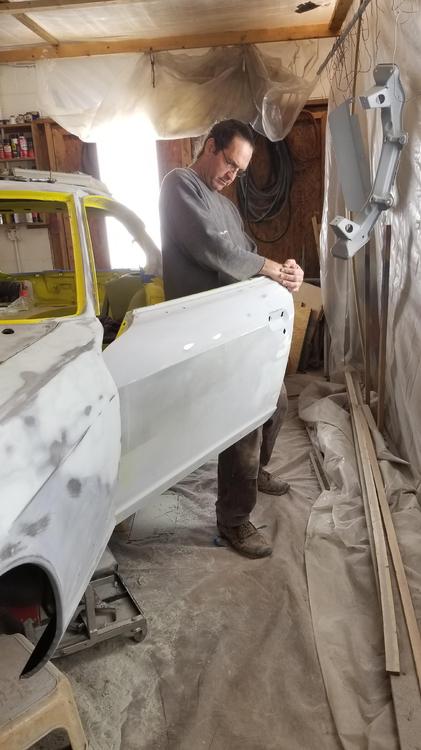First, let's go over terminology. This is important for clear communications.
Voltmeter - Measures voltage (difference in potential) across a source or a load, such as across the terminals of a battery.
Ammeter - Measures current flow through wires.
Ohmmeter - Measures the resistance (opposition to current flow) of a load.
VOM - Volt Ohm Meter: This is a meter designed to measure voltage or resistance
Multimeter - A meter that at a minimum measures voltage, resistance, and current. Some multimeters can measure frequency or inductance, and others have functionality to test transistors.
Autoranging - A VOM or multimeter that will automatically select the range for the display, going up or down orders of magnitude.
Continuity - Continuous, as in a continuous piece of wire.
Now let's talk about resistance. Wire has resistance. Connections have resistance. Both should be low enough that we can ignore it if things are in good working order. Even a VOM or multimeter has resistance. An air gap has very high resistance.
If you are using a digital VOM/multimeter with autoranging, the first thing you do is set the meter to measure resistance. The display will typically show OL (open line), and there will probably be a capital M near the reading to show megaohms. Touch your leads together. The display should go down to less than 1, and the M should disappear. If the meter has a continuity buzzer, it should be buzzing at this time. Please note that the threshold for a continuity buzzer may be several ohms. The autoranging feature will change the display, possibly without you realizing it. It can go from megaohms, to kiloohms, and to ohms virtually instantly, so you have to watch for the M or K on the display.
If you have to set the range manually on your VOM, start with the LOWEST range when you are checking for continuity. Touch the leads together and make sure the reading goes down to less than 1. If you are using a higher range, the display may read less than 1, but you could have a lot of resistance.
My philosophy when checking continuity is to IGNORE THE CONTINUITY BUZZER. The value on the display is important.
So go back and start over. Have a notepad with you to record readings.
Also, where exactly are you placing the probes for the meter? Be specific so we can tell whether or not your technique is correct.
Finally, what year Z do you have? There are differences, and if you need help, we need to know which FSM to refer to.
Feel free to post a photo of your meter so we can verify what setting to use on the dial.
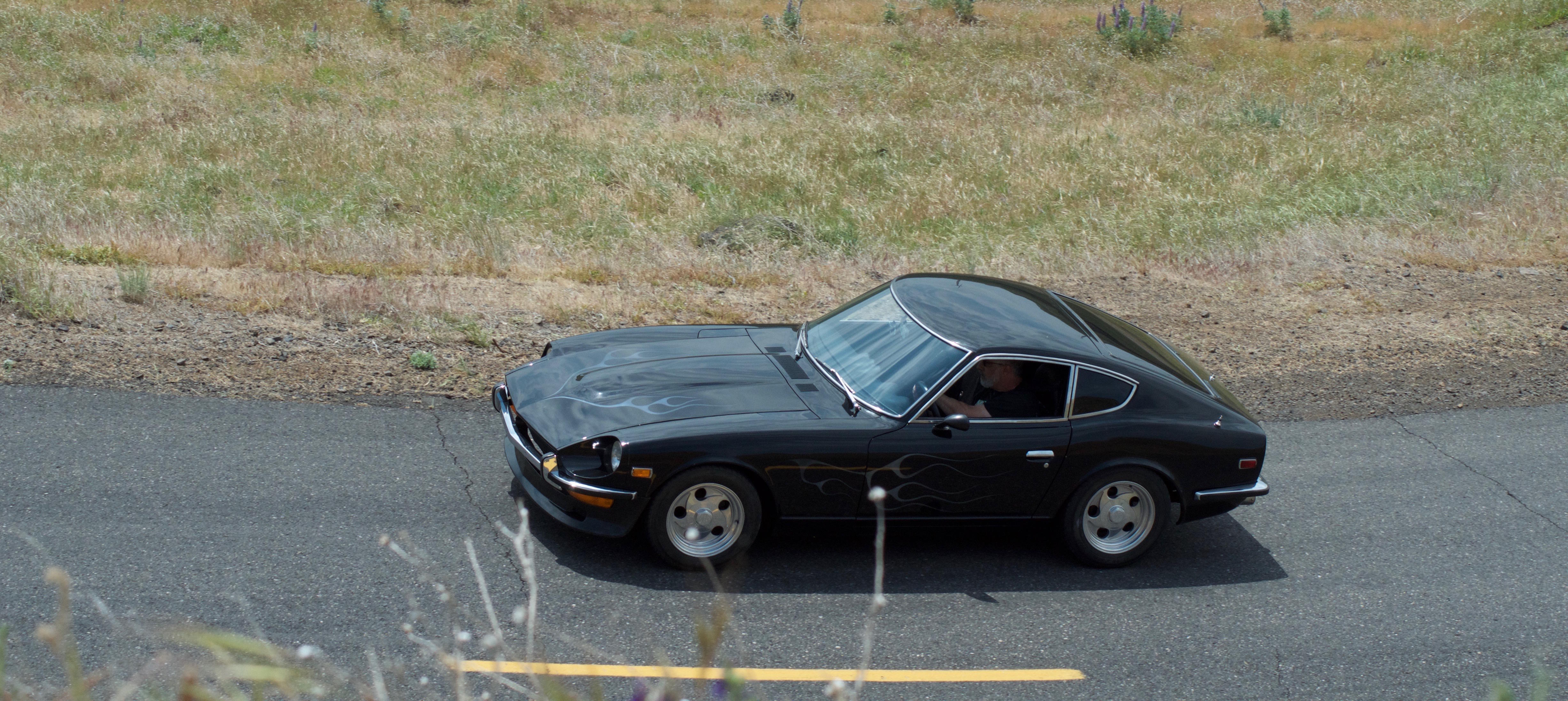
 Subscriber
Subscriber 5Points1,333Posts
5Points1,333Posts







